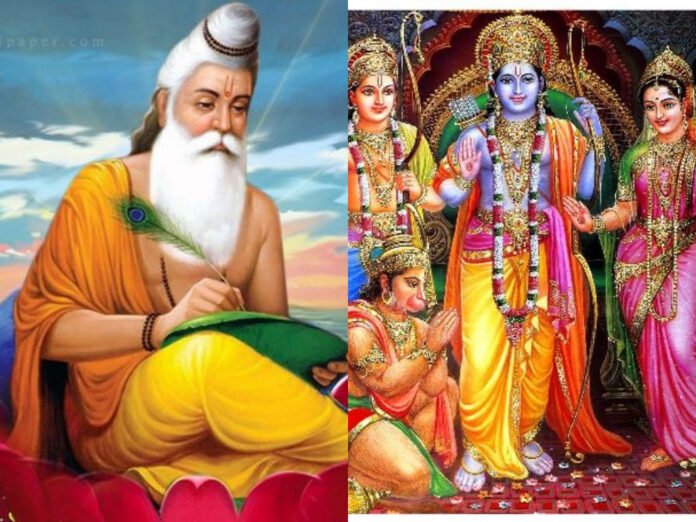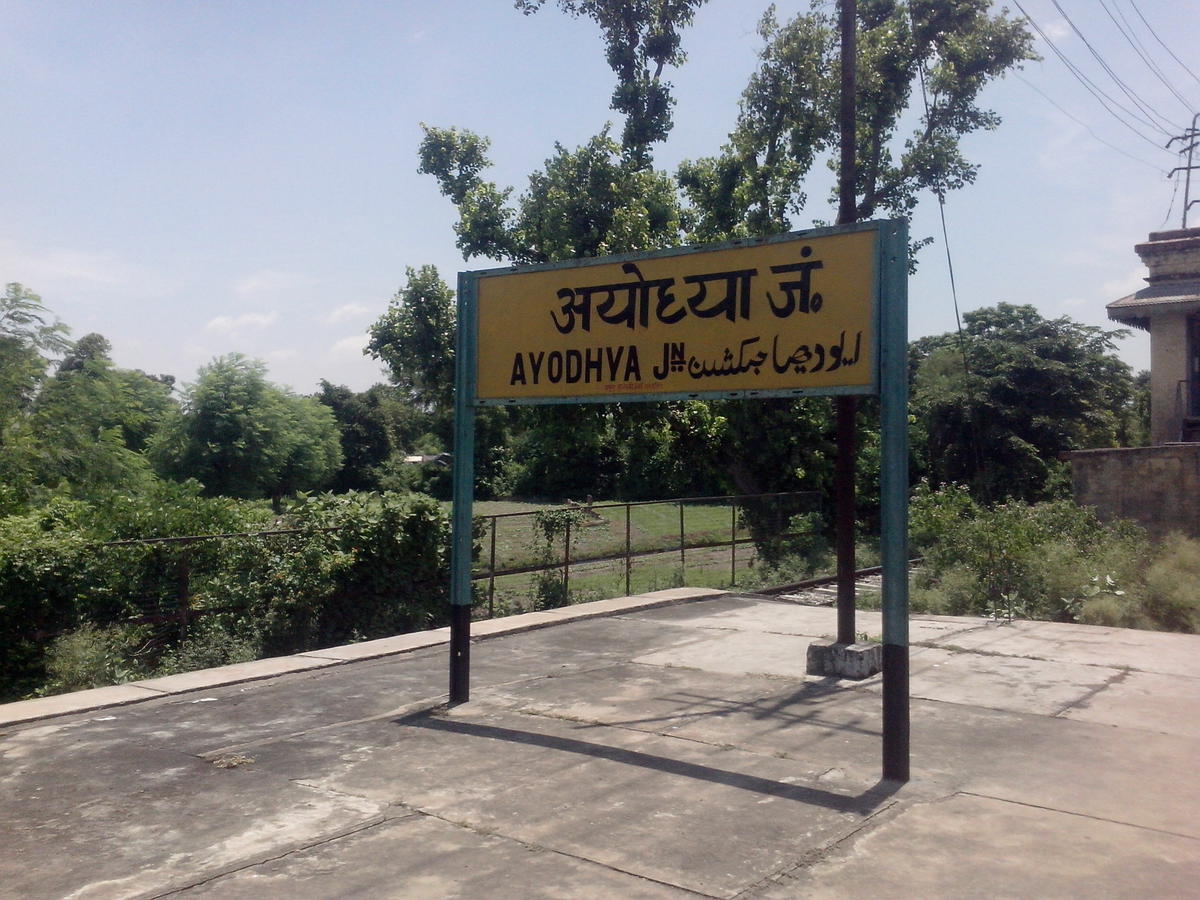You had heard about Ramayana. Here are some more interesting facts that you may not know. Let’s see.
Introduction: Ramayan
The epic Ramayana is probably the beginning of the legend of our country. The epic pervades our country and neighboring countries like Sri Lanka, Nepal, etc.
On average, the ordinary citizen knows the Ramayan epic revolves around Ayodhya. Yes, true, Ayodhya is the center stage of the epic Ramayan. But Ramayan spread across our country during the exile of Ram.
I am not a historian or a professional in this field. A study in digital media has revealed not less than ten places in our country, and its outside is associated with the epic Ramayan. But I believe that any site related to our epic story must be visited to explore the nuances of the place. Unfortunately, you may not get it in books or even on the internet.
Several places have a connection with Ramayan. I got the opportunity to visit three of them. They are Chitrakoot, Ramtek, and Rameswaram. So let me tell you about some of them.
Ayodhya
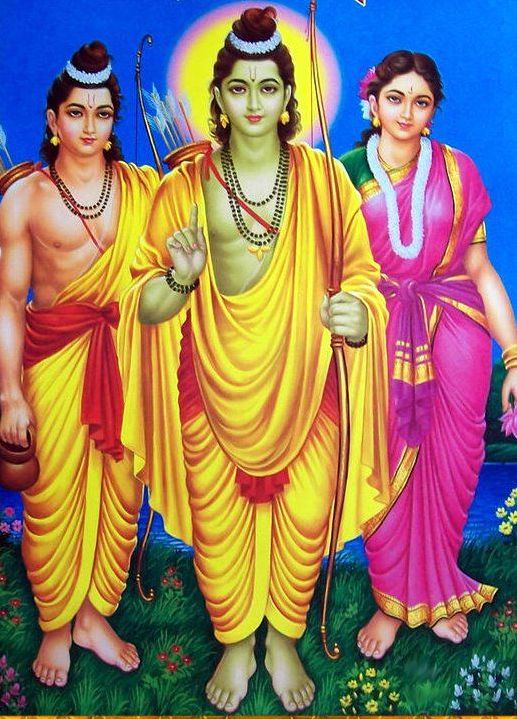
The epic Ramayan had its genesis in Ayodhya. Situated in Uttar Pradesh, Ayodhya nowadays is more famous in the name of Ramjanmabhoomi.
It is also said that Lord Ram was born in the city’s southern section. Hence, the place is called Ramkot. Ram was the elder son of King Dasharath. His mother, Kausalya, was the most senior queen of King Dashrath.
Lord Ram was the successor of King Dasharath. But the king’s second wife, queen Kaikeyi, cajoled King Dashrath to send Rama to banishment for fourteen years. So instead, her son Bharat bequeathed the crown’s honor.
Some Jawaharlal Nehru University historians remark that the lack of evidence of Ramayan’s Ayodhya stirred up a hornet’s nest. Thus, it triggered resentment among orthodox Hindus.
But ending all the controversy, the Supreme court, in its judgment dated November 19, 2019, recognized the claim of Ramjanambhoomi. As a result, a grand monument in the name of Ram Janam Bhoomi is in the offing.

Janakpuri (Mithila)

Located in Bihar, Mithila was the paternal home of Lord Ram’s wife, Sita. Sita was born in Janakpuri, Nepal. Sita spent her childhood here under the tutelage of her father, Raja Janak. Janak was also the father of Laxman’s wife, Urmila. Janakpur today falls partly in Nepal and Bihar.
Prayagraj
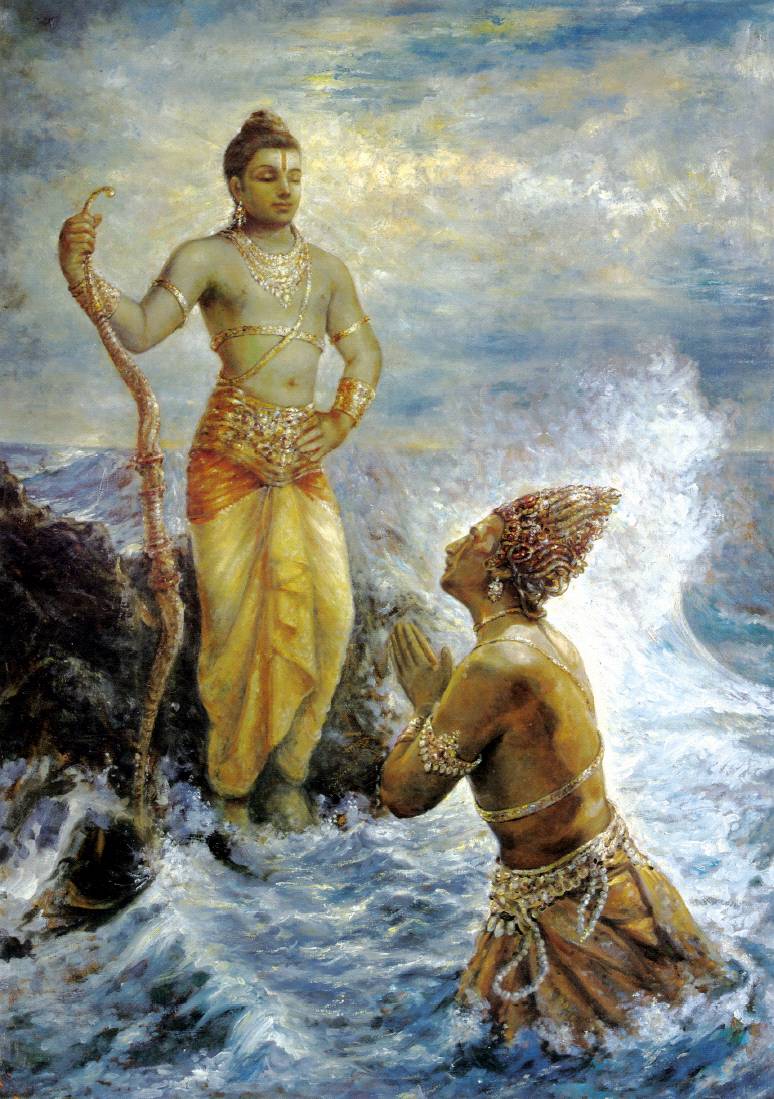
At the beginning of the exile, the trio of Ram, Laxman, and Sita reached Prayagraj, leaving the pleasures of the luxurious palace. Prayag is the confluence of the Ganges, Yamuna, and Saraswati rivers. Shringverpur is in Prayag (erstwhile Allahabad), from where this trio crossed the river Ganges and entered Chitrakoot in present-day Madhya Pradesh. Lord Ram met the boatman Kewat on the bank of the river Ganga. Kewat took them in the boat and helped them to cross the river.
Chitrakoot

The trio spent eleven years in the mountainous forest of Chitrakot, covered by the Vindhya mountain of Madhya Pradesh. How alert was Laxman for the protection of his elder brother Ram was glorified when the trio lived in Chitrakut during their exile.
Actually, Laxman was a bit skeptical about Bharat. When Bharat’s mother, Kaikai, forced king Dasrath to exile Rama. Bharat was with his grandparents. So Laxman was suspicious of Bharat of the events leading to Ram’s exile.
While living in the Chitrakoot jungle, Laxman one day noticed a cloud of dust in the distance moving towards them. In fact, the dust that appeared from afar was actually Bharat and his small army.
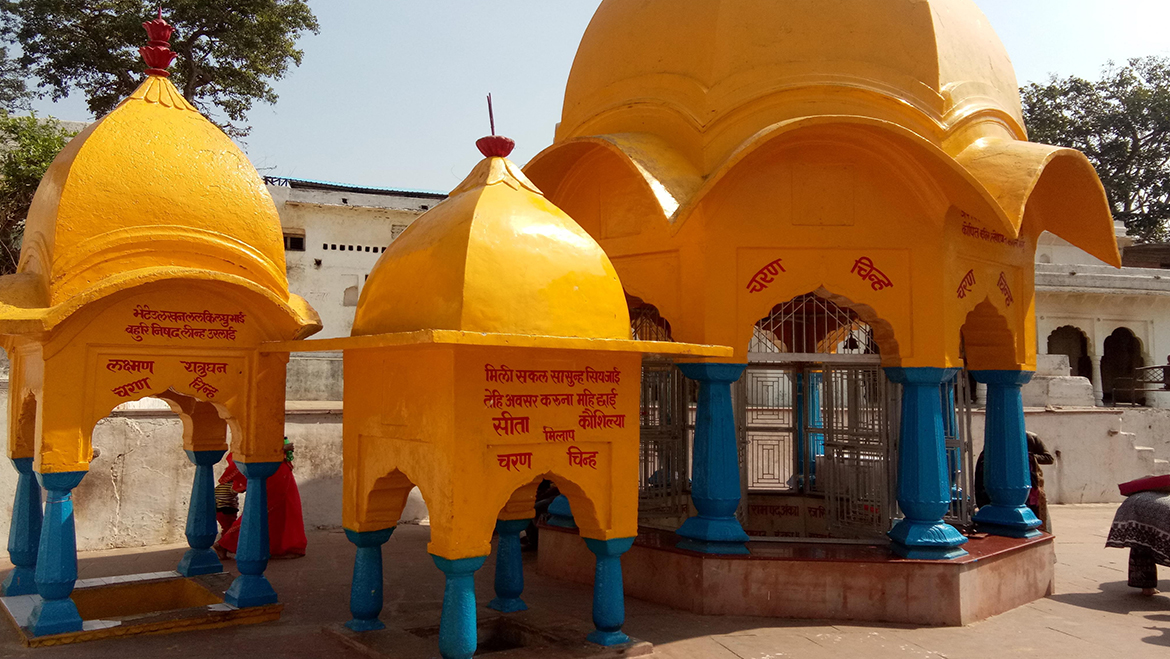
Laxman suspected that Bharat soldiers were coming to attack Ram. So that Bharat could occupy the throne,
But it was really something else. Bharat was very remorseful because of his mother’s folly. Giving news of the death of his father Dashrath, Bharat begged Rama to take over the throne.
But Lord Ram, bound by his promise, did not accept Bharat’s offer humbly. All these incidents happened in Chitrakoot.
In Chitrakoot, there is a place called Bharat Bilap rock. On the rock, there is a footprint. According to legend, the impression belonged to the feet of Bharat.

Nearby is Kamatgiri hill. In the mythological period, the mountain was the abode of God Kamat. Some parts of this mountain are in Madhya Pradesh, and some are in Uttar Pradesh. Ram, Sita, and Laxman stayed on this hill during their exile.
A fascinating story based on mythology is also associated with this hill. There was a cave on that hill where Sita Ji stayed. Some rakshasa was peeping through. So Laxman killed him and hanged him on the stone like a pendulum. Earlier, when we used to go, that stone was shown to be shaken. But now the authorities have stopped it.
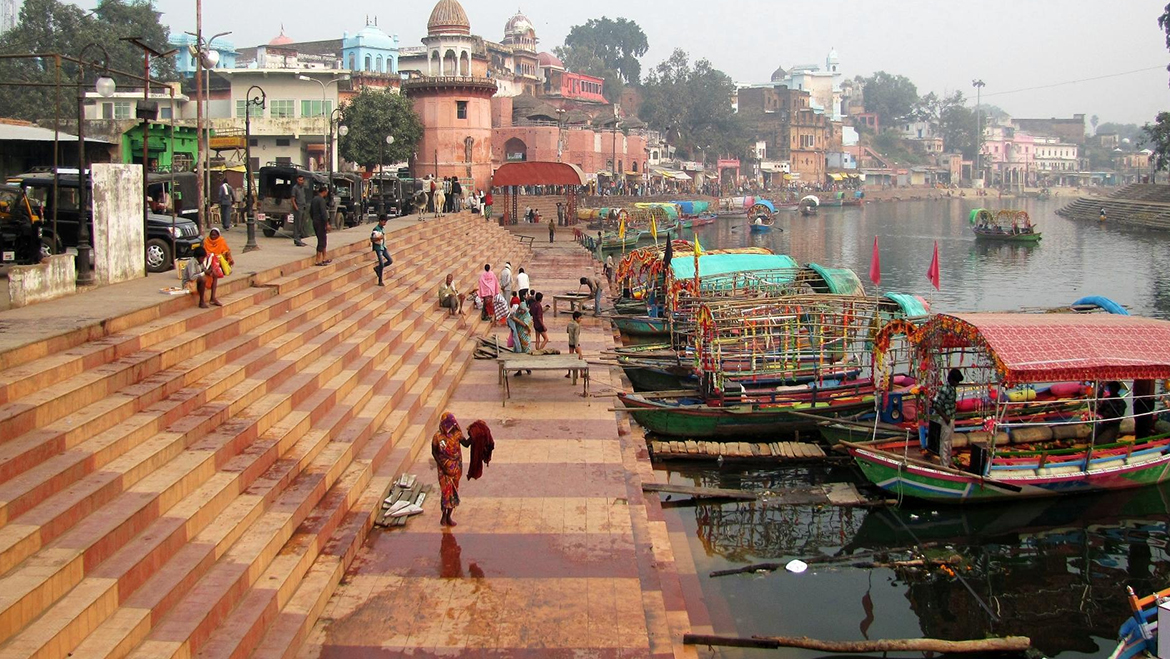
A structure built on the banks of the river Chitrakoot, known as Ramghat. Ram and Sita used to bathe at Ramghat.
Dandakaranya

Ram, Laxman, and Sita, after spending about eleven years in Chitrakoot, decided to leave for Dandakaranya falling in today’s Chattisgarh.
The legend says that Lord Rama was tormented by his father’s death, Dasrath, and sentiment for his brother Bharat. The mighty Ram-Laxman duo defeated the demons residing in the Chitrakoot hills. But the defeated demons vented their anger on the meditating sages in Chitrakoot. So to ensure peace for the sages, they left Chitrakoot. The trio lived in the dense jungle of Dandakarnya. Ram’s sad mind got better due to a change of place. A rakshasa here named Virdha used to harass the seers. Finally, ram and Laxman killed them.
Ramtek
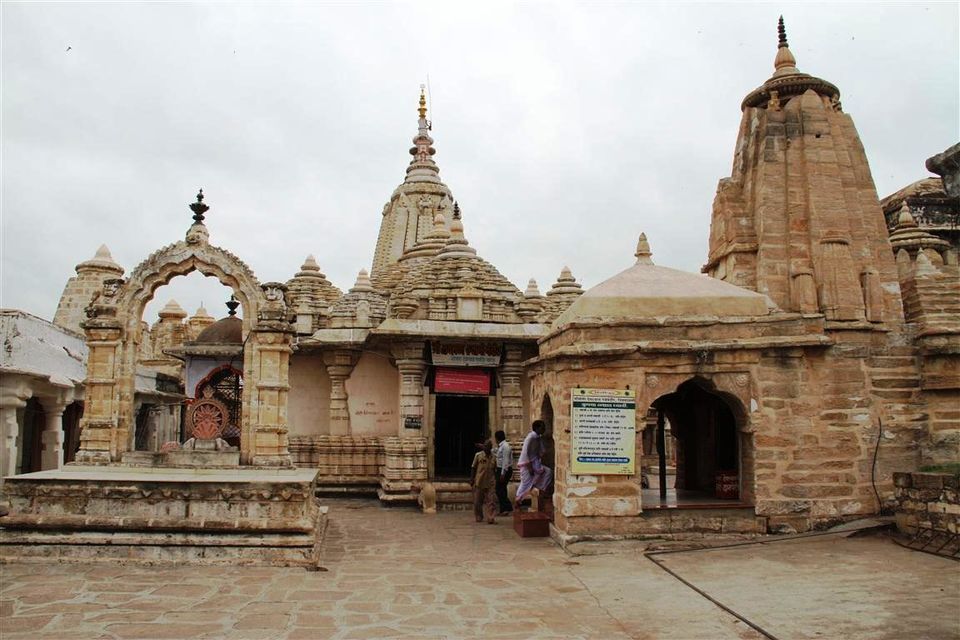
Ramteke is a place where Lord Rama, Sita, and Laxman made a halt to rest for a few days while on the way to Panchvati of Nasik. The word ‘Teke’ is a Marathi word that means rest.
Ramteke is about 50 Kilometers from Nagpur and hardly 10 to 15 Kilometers from our Ordnance Factory, Bhandara. While posted at Bhandara and Nagpur, I visited Ramteke on several occasions. I spoke to the local people and priests of the temple.
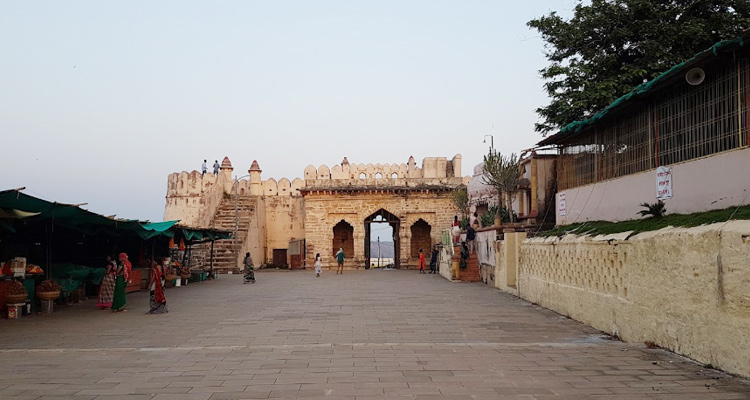
The temple of Ramteke was built in the 12 century. In pre-historical days the place was known as Tapobir. Here, Ram had taken a vow to kill the demons. During the exile, Ramchandra, through pilgrimage places like Bastar, Bilaspur, and Sabrinagar, reached Ramteke. From Ramteke, the trio moved ahead to Panchvati. But unfortunately, due to the curse of Rishi Sukla, Tapobir came under a dreadful famine.
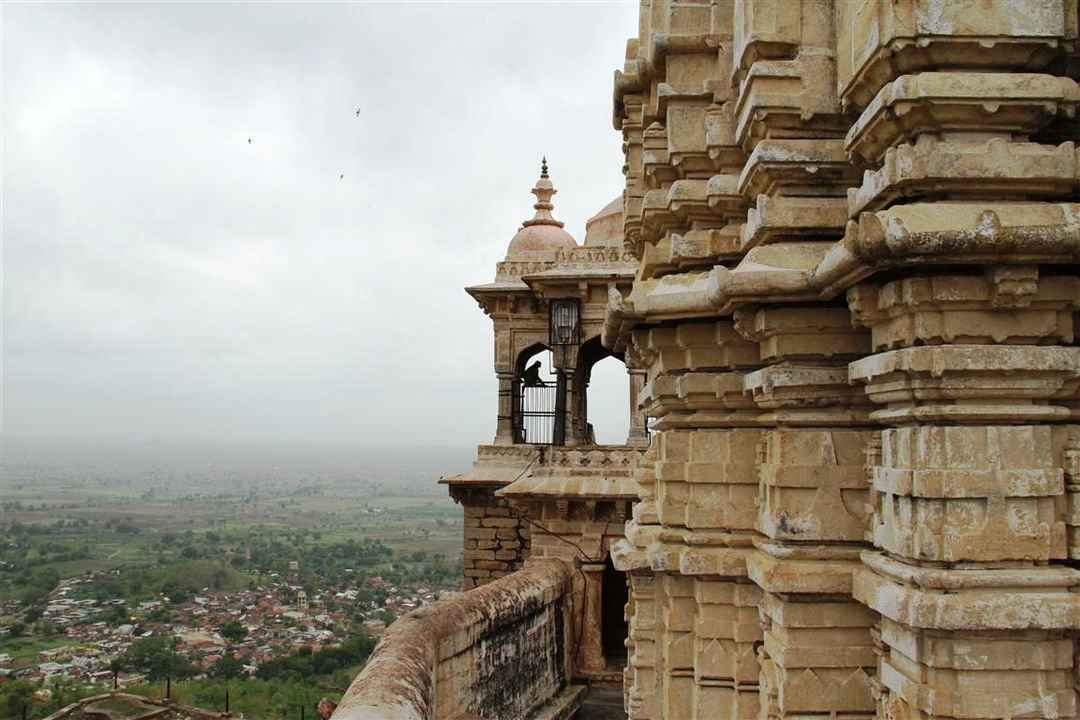
Along with these three demons, Atavi, Batavi, and Elam often disrupted the meditation of the Sages. Finally, the troubled sages were about to leave Tapobir. But when they found out that Sri Ram was about to arrive at Tapogir, they all aspired to narrate their woes to Ram.
The great sage Agasthi also knew that Lord Rama would reach Tapogir. So Mahamuni Agasthi had to meet Lord Ram anyway because the sage had the power in the form of the Vamana avatar to Lord Ram.
When Lord Ram came to Tapogir, he saw small pieces of human bone on the hill. He assured the sages to remain fearless, and he would destroy the evil forces. Lord Rama, with his divine power, killed all the evil forces. Lord Ram again brought back happiness in Tapogir.
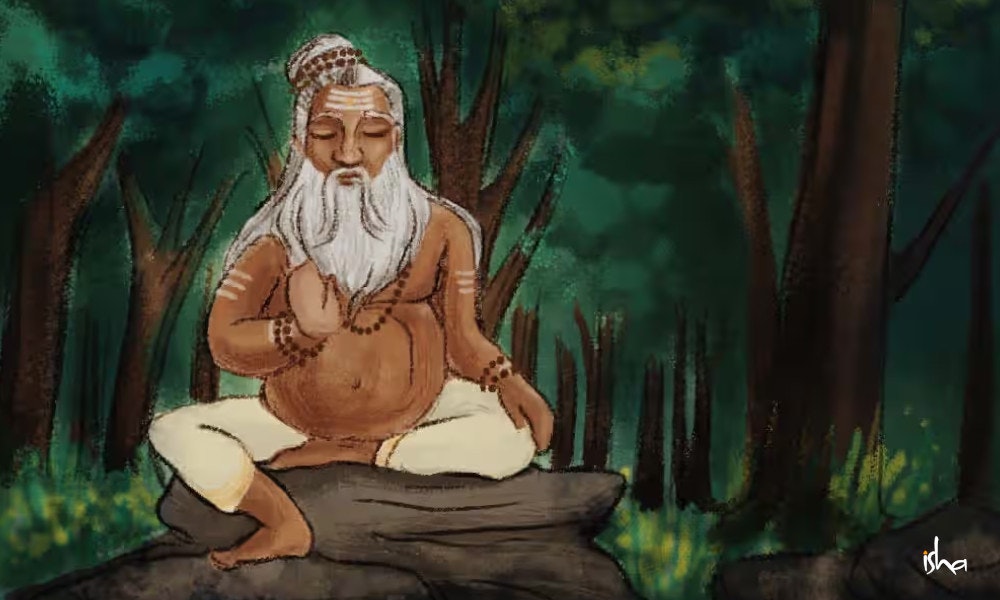
Tapogir is the place where Rama and Agastya Muni met. While Lord Rama was leaving Tapogir for Panchvati, Nashik, Agasti Muni returned the Waman Avatar power to Rama. After the parting of Sri Ram, Agastya Muni took Samadhi. The most surprising is that smoke is coming out of the Samadhi even today.
“The Amar” Jyoti is glowing here. It shows Agasti muni is in between us”, said a devotee when I was there. But in my opinion, the truth of some miracles in a religious place depends on faith and reverence.
Even during the Chitrakoot visit, I also heard many stories. Another feature of the Ramtek temple that sets it apart from the rest of the Ram temples is that here Laxman temple falls first, and then the Ram-Sita temple.
Panchavati

Well, from Ramteke, the trio proceeded to Panchvati in Nasik. Panchvati is situated beside the banks of the sacred river Godavari in Nashik city.
Close to Kalaram temple, some ancient and lofty banyan trees are believed to be sprung from five banyans which gave their name to Panchvati. The term ‘Panchvati’ is derived from Panch, which means five, and Vati, which means banyan tree.

Nasik, I feel, is the most crucial place that gives a dramatic turn to the epic Ramayan. Truth, love, bravery, and power that symbolize Ramayan have gained intensity in this epic as the aftermath of Panchavati’s incidents.
The whole incident in Panchvati Nashik gives a dramatic turn to the background of the Ramayan. The truthfulness, purity, love, faith, and bravery of the Ramayana might not have been as sharp if the incident of Panchvati of Nashik had not happened.
The incidents that led to the Ram-Ravana war had their genesis in Panchavati. Laxman cut off the nose of the demonic and Ravana’s sister Suparnarekha because she tried to seduce Laxman with her illusion of beauty.
Feeling humiliated, a weeping Suparnalekha went to her brother, Ravana, ‘the king of Lanka.’ In anger, Ravana decided to avenge his sister’s insult. Ravana was wicked but wise too.
Well, so, what happened after that? Sita was fascinated by a golden deer and cajoled Laxmana to bring it to her. The deer was in the disguise of Ravana’s uncle Marich.
To fulfill his sister in law wish, Laxman went to fetch the deer. But ask Sita not to step out of a Line called Laxman Rekha.
Sita dared to step out of Laxman Rekha to offer alms to Ravana. Ravana came in disguise as a beggar. Ravana lost no opportunity to abduct unsuspecting Sita. After that, in search of Sita, Ram went southwards.
Lepakshi

Most of my readers must know that the falcon Jatayu made a valiant effort to intercept abductor Ravana when he tried to fly with captured Sita via the sky route.
Jatayu was attacked by Ravana, who cut his wings, and the bird fell to the ground. He attained moksha, and the place he fell is present-day Lepakshi in Andhra Pradesh. There is a vast temple of a Jatayu bird here.

Kishkindha
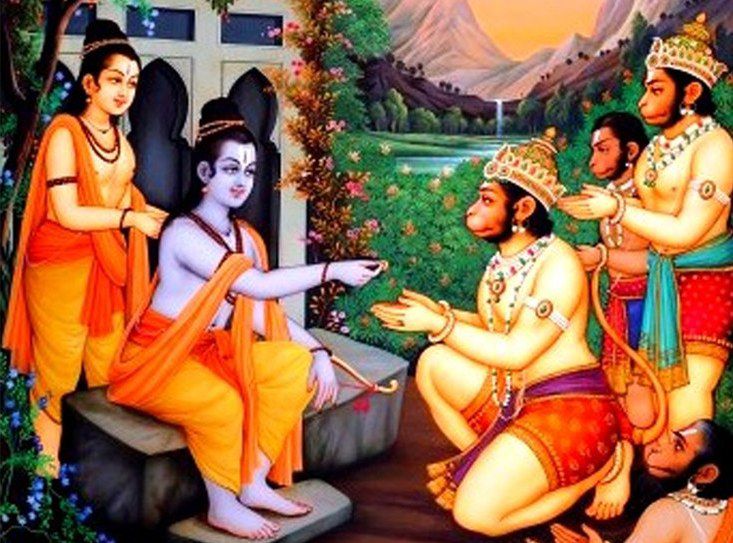
It is the kingdom of Bali and Sugriva. Rama met here with Hanuman and other Vanara (monkeys). The meeting led to the formation of Vanar Sena. Vanara Sena played a crucial role in freeing Sita. Currently, this realm is identified as the region around the Tungabhadra river near Hampi under the jurisdiction of the Koppal district, Karnataka. Rishimukha, a mountain near Tungabhadra
Rameshwaram

There is a village called Dhanushkuti, about 30 Kilometers from Rameshwaram. I also went there. You can view the ruins under the sea on low-tide days. Even reported in the media that a fine line under the sea from a NASA satellite has been seen. It all is a matter of belief. These fine lines reflect the bridge built by Banar Sena to connect with Sri Lanka to facilitate Lord Ram to attack Ravana.
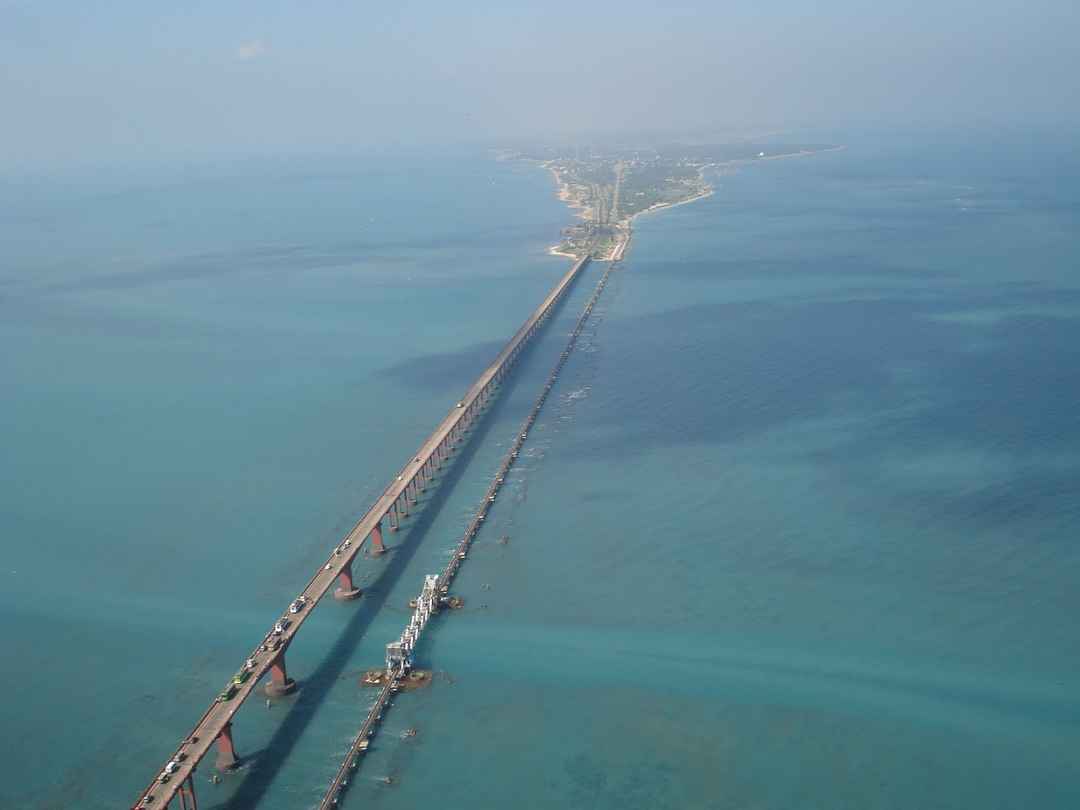
The legend of Ramayan says that Rama, from his sources, got confirmation that Ravana had held back Sita in Lanka. So Sri Rama reached the coast at Rameshwaram. He made a fervent entreaty before the Sea God for a resolution to reach Lanka. Here, the sea god blessed him and gave his concurrence to construct a bridge connecting Rameshwaram to Sri Lanka.
The Ramsetu is thus built here. After returning from Lanka, Sri Rama also prayed to Lord Shiva. He made a Lingam near the coast, today’s Ramanathaswamy temple, one of the twelve Jyotirlingas of Shiva.




































